leadership kinetics
All happy families are alike; each unhappy family is unhappy in its own way.
- Leo Tolstoy
Kinetics is the branch of classical mechanics that is concerned with the relationship between motion and its causes.
Leadership Kinetics is a unique multidisciplinary approach designed to address common dilemmas of entrepreneurial organizations.
We live in an era of unprecedented disruption, technological advance and uncertainty. The consequences for an entrepreneurial business can be conflict, unfulfilled potential and misalignment. Adverse symptoms can show up in individuals, teams and entire organizations. Some classic issues include:
Ineffective leadership
Dysfunctional leadership teams, conflict between management and boards
Cultural impairment – risk aversion, apathy, rigidity
Inability to achieve business objectives
Stagnant innovation capability
Lack of clarity about mission and strategy
Talent flight
There are no simple answers. Rather, effective interventions require clinical empiricism, the ability to apply a variety of methods as needed, and the wisdom gained from real-world experience.
Over the past 30 years, John Kao has amassed a formidable, eclectic arsenal of professional capabilities and experiences. They include:
Clinical knowledge gained from an MD degree and a residency in psychiatry at the McLean Division of Massachusetts General Hospital, supplemented by a Harvard MBA
Intellectual perspective - 14 years teaching entrepreneurship and innovation to MBA’s and executives as a Harvard Business School Professor
Real world experience serving as CEO, executive chair and co-founder of multiple entrepreneurial companies and projects
Advisory and facilitation experience with many partnerships, startup teams and ventures, and incumbent organizations
Innovation thought leadership with a global reputation for helping leaders and organizations master the “how” of innovation practice
Operational partnerships with leaders in such fields as executive search, venture capital and strategy consulting
John’s approach is highly customized. His process is informed by his clinical background and unfolds in four phases.
Taking a History – Establishing the background and context. What are the key drivers of the current reality?
Doing a “Physical” – Onsite “live” interviews supplemented by direct ethnographic observation as needed.
Formulating a Diagnosis – What is a reasonable hypothesis about root causes and prognosis?
Treatment – This could take the form of facilitated interventions with leadership teams, 1:1 advisory with leaders, “deep dives” to drive strategy, organizational reviews and more.
Examples of past assignments:
Successfully mediated a dissolution and disposition of assets between the founder/partners in one of Texas’s largest commercial real estate companies.
Resolved a pattern of conflict that created dysfunction within the general partnership of one of the world’s largest venture capital funds
Established a 1:1 advisory relationship with one of the pioneers in the private equity field that propelled him to make a transition from employee to founder/entrepreneur
Enabled a family business to transition to professional management while developing a high-performance team
Raised team collaboration and effectiveness in a venture-backed biotechnology company that was plagued by internal conflict
Developed innovation strategies and implementation roadmaps for clients ranging from the government of Finland to the Fortune 100.
Helped reorganize and re-energize one of the largest US government national security programs
